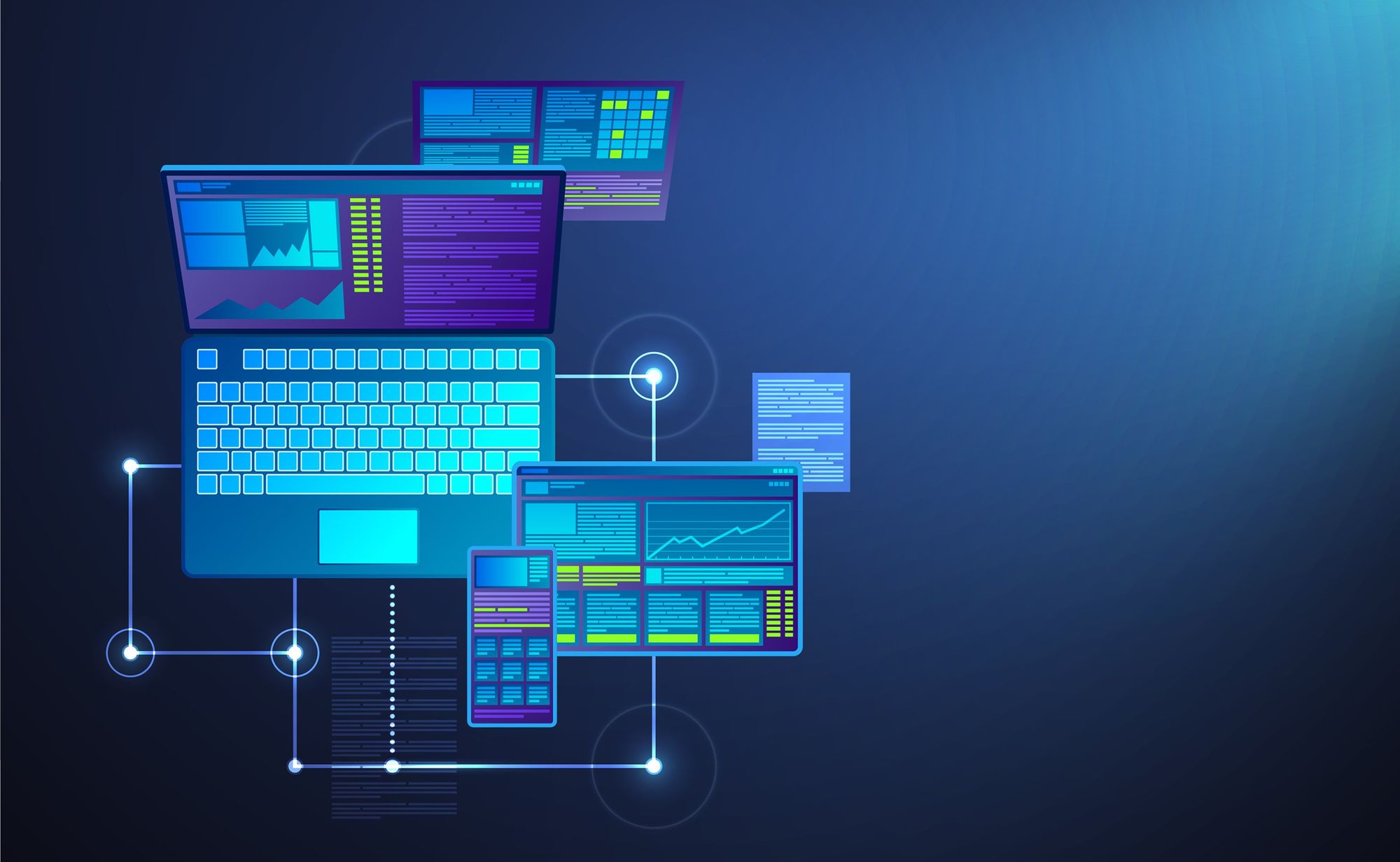The EduTech sector is growing at an exponential rate. The EduTech and smart classroom market size of only $88.82 billion in 2021 is expected to grow at 17.8 CAGR to a whopping $319.65 billion by 2029.
If you want to enter the EduTech industry, now is the right time. But why now? The first and foremost reason is the increasing demand for SaaS-based EduTech applications. EduTech offers many benefits, including personalized learning, remote education, immersive learning, enhanced engagement, etc. This has led to increasing demand for EduTech applications.
The next significant reason is reducing cloud costs and increasing cloud investments. Cloud technology is at the core of EduTech. It allows businesses to build their EduTech applications and host them virtually so that students, teachers, and parents can access them remotely and 24/7. Moreover, the increasing public cloud spending, expected to exceed $480 billion in 2022, is reducing the overall costs and making the process of building and hosting EduTech applications on the cloud hassle-free.

But the question of the budget remains. Although the cost of cloud technology has reduced, it is still an added cost to your overall technology budget. Well, the good news is that EduTech cost optimization can help you reduce your education SaaS spending even further. Here are some methods for optimizing the costs for SaaS-based education solutions.
Build reliable application
Many students might not have a stable internet connection. They would be using your application on mobile internet. If your SaaS solution requires high bandwidth, it will lag a lot and frustrate the students, let alone engage them in studies. Hence, you need to build a solution that consumes less bandwidth and battery.
Moreover, the application should also be reliable in terms of fulfilling end-to-end educational requirements, such as it should have features like additional resources integration and auto-certificate generation.
The best way to build a reliable SaaS solution with wide functionalities is by making an EduTech MVP. A Minimum Viable Product (MVP) allows you to incorporate and test new features during the development stage. You can create an EduTech MVP and ask the early adopters to use all the features. You can integrate their feedback into your application to increase reliability and optimize costs for the EduTech application.
Focus on student engagement and satisfaction
Another way of optimizing SaaS solutions for the education sector is to focus on student engagement and satisfaction. This includes offering a personalized learning curve where every student can learn at his or her own pace.
You can also automate workflows for better learning of concepts. For example, a student should automatically get an option to view and understand a concept in different formats, text, audio, and video. Again, you can use an EduTech MVP to identify the features that drive the most engagement.
When you focus on student engagement, the adoption of your solution increases, and when the adoption increases, you can seek cost optimization for your EduTech solution by optimally utilizing all the cloud resources. This will ensure that your money is not being wasted on unutilized resources.
EduTech cost optimization
EduTech cost optimization is the most crucial factor you want to consider as it can directly impact your budget. According to studies, you can save around 30% of your costs by SaaS optimization.
There are many methods to optimize SaaS spending. To begin with, you would want to choose a cloud provider that charges based on resource usage and not a standard fee. This offers a plethora of benefits, including:
 |
Allows you to scale on the go while helping with cost optimization for your EduTech solution. |
 |
You pay only for the resources you use. |
 |
Enables the flexibility to cut down on features not in use during the EduTech MVP development stage. |
 |
Allows elimination of the applications with overlapping functionalities. |
For instance, if you have an application with programming courses and the certification feature. On the other hand, you have a byproduct specifically for Java programming, which also gives the certification. In this case, you can merge the certification feature, which is overlapping in both the applications, to reduce the resource usage and ensure EduTech cost optimization.
Besides helping with EduTech cost optimization for SaaS solutions, removing the unused resources and apps also benefit with enhanced security. Unused SaaS applications and resources pave the way for cyber attackers to find loopholes and use them to penetrate your systems. Hence, removing the spare resources will ensure that there is no spare resource stack that is not maintained or regulated regularly.
Analyze database performance
No one likes to wait to get the results. Imagine you are a student looking for a tutorial on a specific topic. You open an EduTech SaaS solution and search for the topic. But instead of getting quick results, you are shown some “fetching results” screen for a long one minute. How would that experience be?
According to a new study from the Technical University of Denmark, the global attention span is narrowing. This means that you need better database performance for quick results. You must analyze your database performance regularly to ensure it meets the dynamically changing landscape. Reduced waiting time will enhance the experience and lead to increased revenue.
Monitor key metrics
Optimizing SaaS solutions for the education sector is not a one-time thing. Hence, monitoring key metrics for better optimization becomes the key factor defining your success. You need to monitor key metrics, such as student engagement, database performance, the type of features that are most used, how much resources you are utilizing, where you are spending the most, etc.
Monitoring the said metrics will help you make better EduTech cost optimization decisions. You can use the data to determine where to improve your SaaS solution. For example, if the data shows that you have more resources available than you utilize, you can communicate with the vendor to reduce the available resources and cut down costs.
Take your first step to SaaS optimization
SaaS optimization covers EduTech cost optimization, vendor negotiations, security enhancement, resource usage optimization, feature optimization, etc. Hence, IT leaders need to understand the need for SaaS optimization in the education industry. One of the core areas of this is to leverage EduTech MVP development to identify key features, improve them, remove the additional features, and optimize the overall solution.
While you can go about MVP development yourself, leaving this job to the experts is best. The features you decide and incorporate during MVP will stay with your SaaS application for a long time. Hence, it is vital to building an MVP by seeking help from a technology expert like Anuyat. You can contact our team today to get your EduTech MVP built by the experts.
getanmvp.com is an effort from Anuyat.com to help entrepreneurs understand the dynamics of Minimum Viable Product and what it takes to build a product-market fit out of their digital ideas.
Anuyat is a Pune-based company and offers Technical Consultancy, User Experience Engineering, DevOps Solutions, Mobile & Web Applications and of course, MVP.




